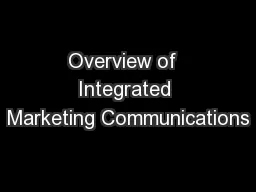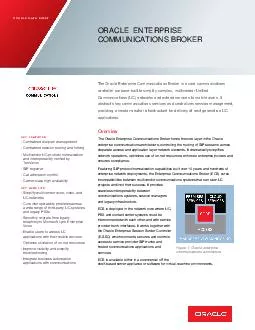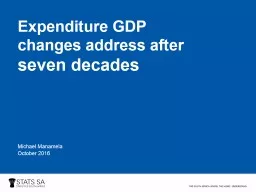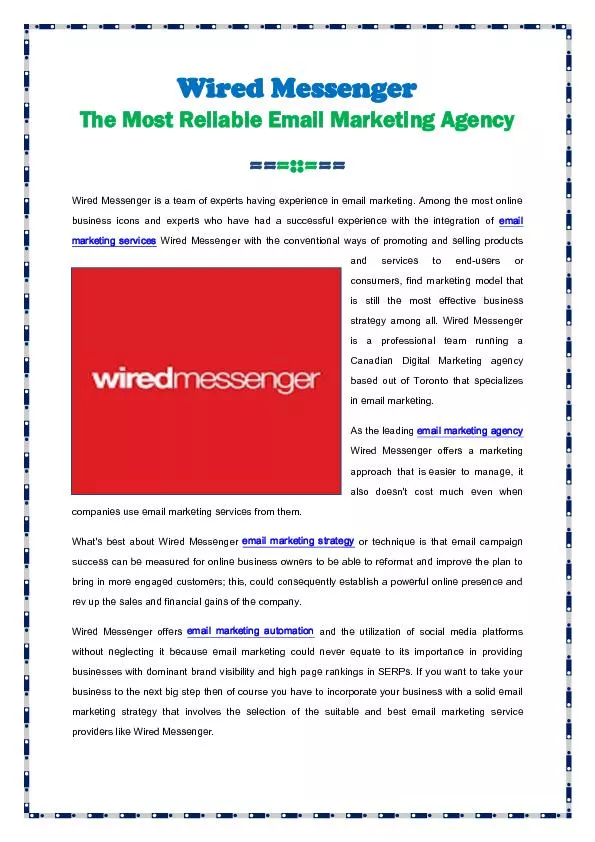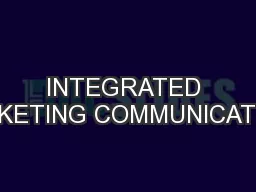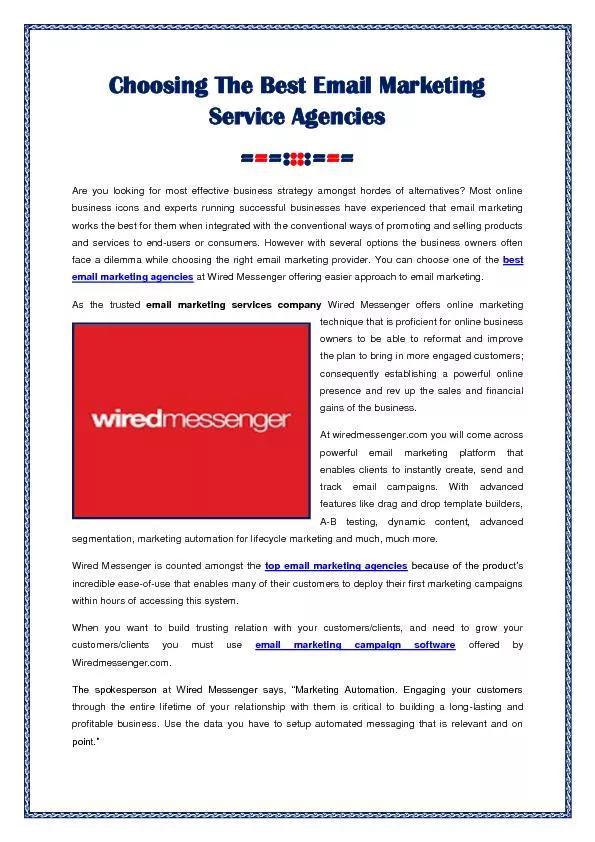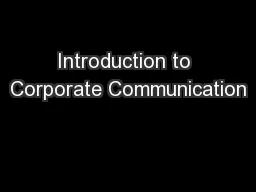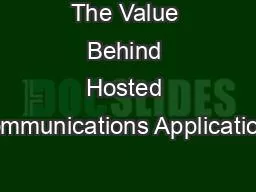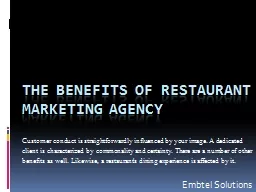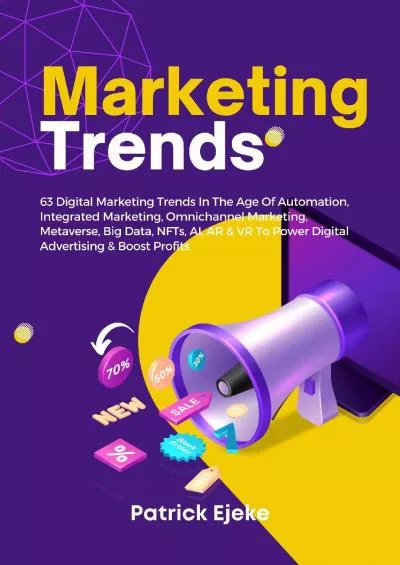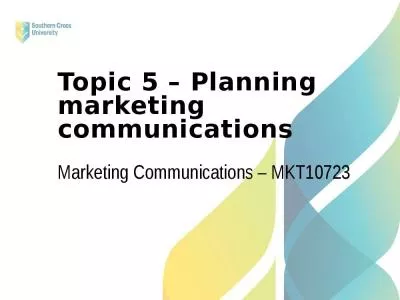PPT-Overview of Integrated Marketing Communications
Author : lois-ondreau | Published Date : 2018-09-29
Chapter Objectives After reading this chapter you should be able to Appreciate the practice of marketing communications and recognize the marcom tools used by practitioners
Presentation Embed Code
Download Presentation
Download Presentation The PPT/PDF document "Overview of Integrated Marketing Commun..." is the property of its rightful owner. Permission is granted to download and print the materials on this website for personal, non-commercial use only, and to display it on your personal computer provided you do not modify the materials and that you retain all copyright notices contained in the materials. By downloading content from our website, you accept the terms of this agreement.
Overview of Integrated Marketing Communications: Transcript
Download Rules Of Document
"Overview of Integrated Marketing Communications"The content belongs to its owner. You may download and print it for personal use, without modification, and keep all copyright notices. By downloading, you agree to these terms.
Related Documents

